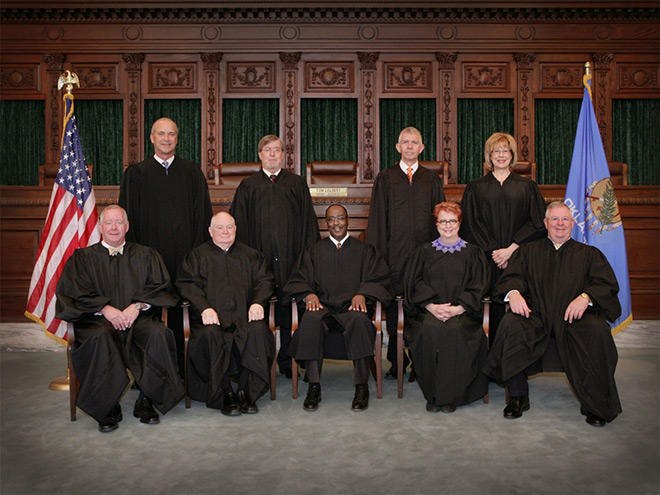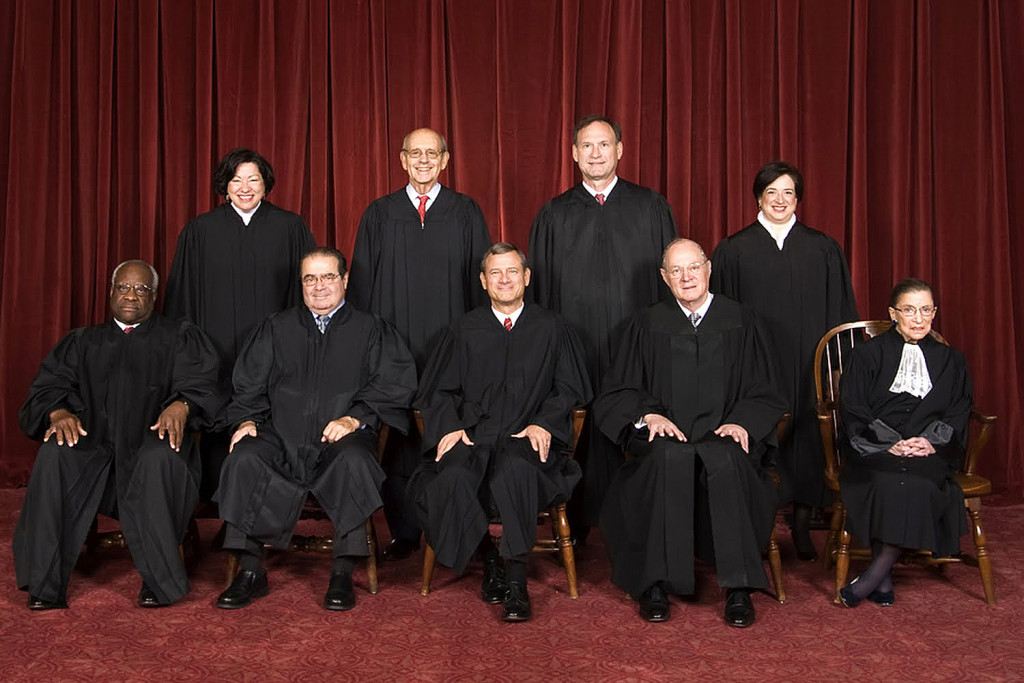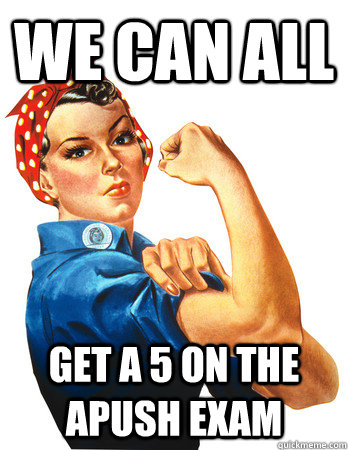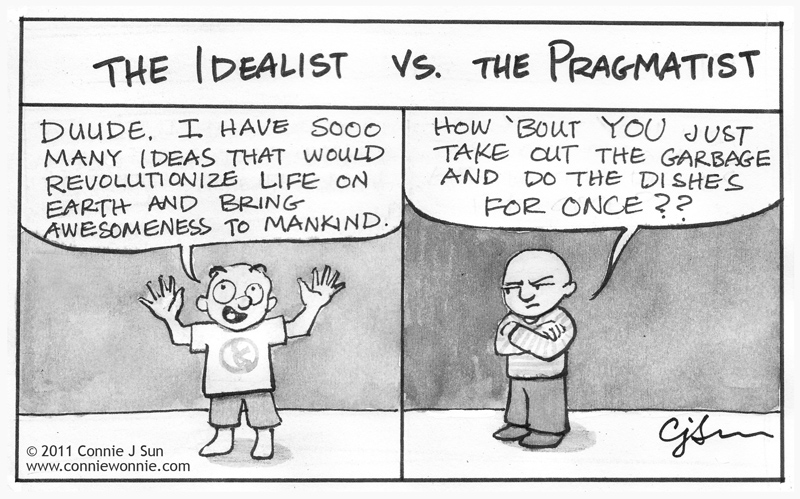Watch this 12 minute video here:
Teacher Dedication:
- I spent 4 years preparing for my career as a teacher at Mid-America Christian University (Oklahoma City, OK); graduating with my Bachelors of Science in Secondary Social Studies Education in 1999.
- I spent 2-1/2 years enriching my content knowledge for the courses I teach by taking night classes and summer classes at the University of Central Oklahoma (Edmond, OK) while I taught full days: graduating with my Masters of Art in Political Science: International Affairs in 2003.
- I am currently in my 16th year of teaching. 13 of those years have been focused on preparing upper-level students to take college equivalency exams through the Advanced Placement (AP) programs in United States History and Human Geography.
- I consistently attend conferences and workshops during my summers, weekends, and evenings to be as well prepared as I can to equip my students with the critical thinking, content knowledge, and life skills they need for post-secondary education and for life in general.
- I've had several opportunities to travel internationally for the primary purpose of interacting with students and teachers in other countries; I share those experiences with my students and colleagues.
Teacher Respect:
- There are many who encourage me in the pursuit of my "noble profession".
- I've had parents with tears in their eyes hug me to say "thank you" for going far beyond the call of duty to help their child...and I've also been cussed out by other parents because I refuse to water down my standards to enable a lazy child to skate through life.
- I've witnessed legislative bodies at both the state and national levels praise the worth of my efforts and then turn around and impose increased hurdles which I must jump through to prove my professional worth.
- I've been given gifts and invited to family meals by students and their families in Kenya, Korea, and Indonesia who barely knew me but did so because their cultures highly respect those who give their lives to help students...and I've had unruly parents at our local football games threaten my life because I dared to politely suggest they be respectful to the kids on the field who happened to be losing a game in spite of giving their fullest efforts.
Teacher Pay:
- For having a Masters Degree and being in my 16th year of teaching, I currently earn a pre-taxed salary of $40,385.04 for this school year. At 6.75 official working hours per 182 contract days that comes out to $32.87 per hour. This may seem "nice"--and it would if I did in fact only work 6.75 hours per day. With arriving early EVERY DAY to provide tutoring and other enrichment opportunities for students and with staying late EVERYDAY to provide the same tutoring/enrichment opportunities and to grade (for a student to truly be prepared for success in an AP class--especially an AP US History class--there is an "ungodly" amount of writing students must complete) the countless thesis statements, short answer questions (each is three paragraphs minimum), traditional long essays, and document-based essays--for my students to fully understand their individual strengths and weakness and to see the ways that they can grow in their abilities I must provide appropriate written feedback on each of these writing assessments. This grading most often spills over into the nights and weekends. Much of why I'm still single is because I've discovered asking your dinner date to help score essays on the Pre-Civil War Reform Movements isn't that attractive of an offer.
- Granted there are many variables to economic/cost of living conditions in other states, but it would be almost impossible for me to move anywhere else in the United States to teach and not earn more money (in many places significantly more) than what I'm earning here in central Oklahoma (and Moore P.S. actually pays above the Oklahoma state minimum schedule as set by the legislature).
- I don't live in a large house. I have a modest home built in 1951. If I had a family, even just a spouse OR one child, this house would virtually be too small. Granted, if I was married there would most likely be a second income, but then there are various child-care costs associated with two working parents beyond just the cost to feed and clothe everyone. If I was a single parent, I'm just not sure I could make ends meet--beyond not truly having the time to actually "be there" for my kids with all of the time my job takes beyond the 6.75 hours in the contract.
Teacher and Student Assessment:
- If 100% of my students arrived in my classroom at the start of the year 1) coming from a home environment in which all of their physical, emotional, and spiritual needs were met, 2) could read at grade level--most high school texts are written on a 7th grade level and most college level texts used in an AP class are written on 10th grade level, 3) knew how to put together a coherent thought in proper English, 4) had the maturity and personal discipline to behave in class, 5) had the personal initiative to complete homework assignments on time, and 6) were at least willing to work hard then I would be 100% comfortable saying "sure" evaluate my teaching and their learning by giving one high stakes test on one day near the end of the year. But since those 6 goals aren't present for ANY of my students then this idea is completely absurd.
- Even with the "high stakes" nature of an AP exam, students are not prevented from graduating high school or moving on to the next grade level because they didn't "pass" this one test on this one day. Failing to earn a 3 or higher on that AP exam simply means that as a high school student they have not yet met the standards by which college students are evaluated (which shouldn't be a surprise since they are not college students).
- Being in my class, seeing what I do, and having an understanding of how it all fits together over the course of the year is the only way to truly get a sense of my worth as a educator.
- Seeing the growth over time on a wide-range of formal and informal assessments, as well as observations through one-on-one teacher to student conversations, small collaborative discussions, and full class interactions over time throughout the school year are the only ways to truly get a sense of the educational growth a student has obtained within my class.
Why Teach?
- Because of all of the things I stated in this previous post on this topic.
- Because of the joy of seeing a student's eyes open when they "get it".
- Because of the opportunity see growth in critical inquiry a student shows.
- Because that one hour of the day might be the only time a student feels safe from the other crap in his/her life.
- Because I know that a student is better off when they leave my classroom because of the experiences we've shared.
- Because I love to hear the stories of the opportunities and successes my kids have had in their college and/or career life.
- Because I'm not in it to get rich; I'm in it to help enrich.
























